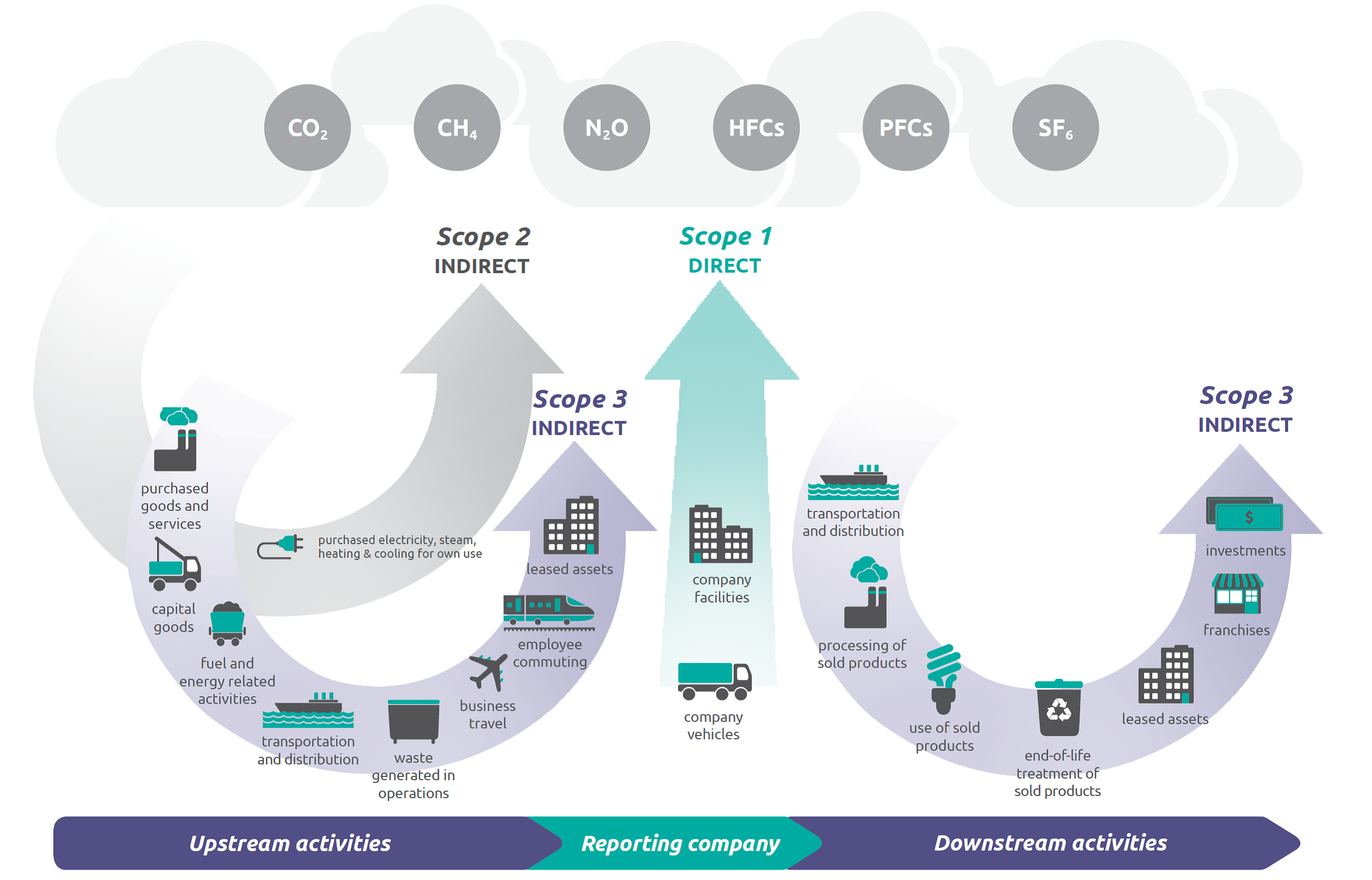This text is part of the series of brief articles that HållbarTillväxt AB has created to explain, simplify and explore the various steps that are currently most relevant in the area of sustainability; CSRD and ESRS. The ESRS consists of a total of 12 separate documents, 2 of which relate to general and comprehensive information (ESRS 1 and 2). The remaining 10, so-called topical standards, deal with various sustainability issues divided into environment, social responsibility and corporate governance – in English Environment, Social and Governance, abbreviated ESG. Fulfilment of the new requirements in CSRD and reporting according to ESRS is based on the involvement of all functions in a business, including the board and management. The board is ultimately responsible for sustainability reporting just as it is for financial reporting. Like the financial report, the sustainability report must now also be reviewed by an external auditor.

When companies start to tackle CSRD and its reporting, we see that the first area most companies begin with is the sustainability issue of climate limitations, under ESRS E1 – Climate Change. This simply means that companies must describe how they and their operations contribute to meeting the goals of the Paris Agreement. To do so in a structured and traceable way, it is central to have clear figures and control of the emissions across one’s value chains, both downstream and upstream. It will be especially important for companies that manufacture or sell products where the greatest climate impact occurs at the supplier and/or customer level.
It can be a demanding process to report a company’s climate footprint, but necessary if you want to reduce the organisation’s climate impact and thereby reach the climate targets. The numbers become traceable over time, serving as proof of your company’s progress in developing and implementing an effective climate strategy. How can a company’s climate impact be accurately calculated? The GHG protocol, which launched in the late 1990s, is the global standard framework for measuring and managing greenhouse gas emissions from businesses and value chains in the private and public sectors. As a company, there is no need to invent new solutions but to adhere to this well-established standard, which is also one of the requirements of the reporting. The GHG protocol divides greenhouse gas emissions linked to a company’s climate footprint as emissions into 3 areas; Scope 1, Scope 2 and Scope 3, which are explained in more detail below.

Source: United States Environmental Protection Agency – Scope 1 and Scope 2 Inventory Guidance | US EPA
Scope 1 – direct emissions
The emissions in Scope 1 include the company’s direct emissions. This encompasses on-site energy consumption within the company, including fuel, natural gas, emissions from the vehicle fleet (not limited to cars), combustion boilers, as well as emissions stemming from the company’s processes and industrial manufacturing (such as chemicals, etc).
Scope 2 – indirect emissions
When it comes to greenhouse gas emissions, Scope 2 emissions play a significant role as they constitute a substantial portion of global emissions, making up at least a third of the total. Hence, it is crucial to prioritise these emissions for measurement and reduction efforts. Scope 2 emissions encompass those arising from purchased energy sources like heating, cooling, and electricity, which are generated externally but utilised by the company.
Scope 3 – indirect emissions from the value chain
Scope 3 is the largest area and includes all indirect emissions that occur in the company’s value chain. To simplify it a bit: “the result of activities from assets that are not owned or controlled by the company, but which the organisation indirectly affects in its value chain”. Depending on the company’s financial transactions and operations, Scope 3 emissions are categorised into 15 distinct groups, spanning both upstream and downstream across the value chain.
Upstream emissions include the indirect greenhouse gas emissions across the company’s value chain that are linked to purchased or procured goods and services, produced from A to Z.
Downstream emissions include the indirect greenhouse gas emissions in the company’s value chain of sold goods and services after they have left the company’s area or control.
Advice from HållbarTillväxt to meet the requirements:
1. Clarify calculations. Be clear about how you have calculated and describe what assumptions have been made. We see that the vast majority of companies do not have access to all the data, which means that you need to make estimates and assumptions instead. If new emission categories arise, it is recommended to adjust past data accordingly to facilitate comparisons over time. Traceability and transparency are key.
2. Follow the GHG protocol. Reporting can be resource-intensive, but it’s crucial to avoid creating your own categories, definitions, solutions, or boundaries. Instead, adhere to the GHG Protocol standards. Failing to do so risks undermining credibility and inviting unnecessary scrutiny. Maintain consistency by following standardised procedures and store all calculations in a unified document, preferably within a single table for easy reference. This approach guarantees traceability and verifiability.
3. Clarify Scope 3. Identify the relevant upstream and downstream categories within Scope 3 from the 15 available options and explain why certain categories are relevant to your company while others are not. Provide the reasoning behind these choices. Additionally, highlight any applicable categories for which data is currently insufficient, and outline your long-term plans for addressing these data gaps.
© HållbarTillväxt AB 2024

